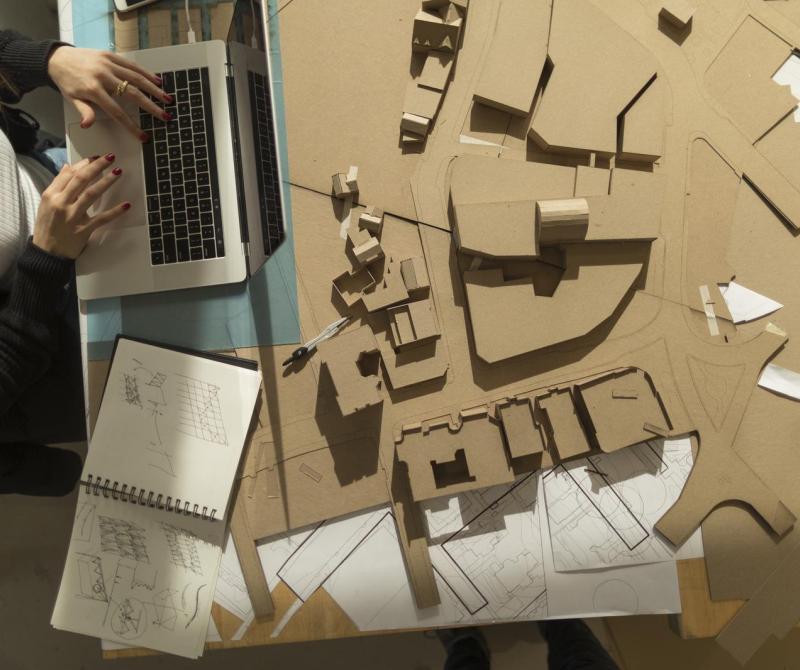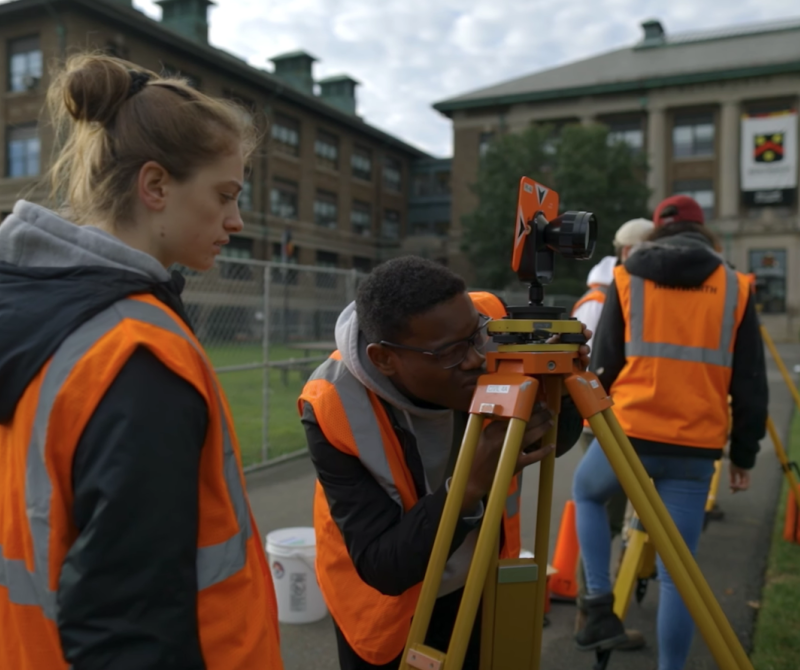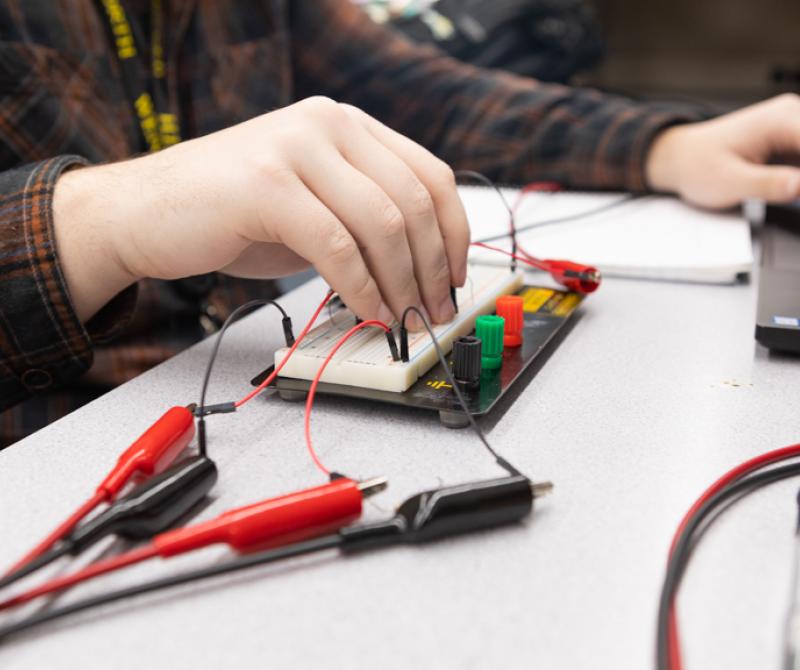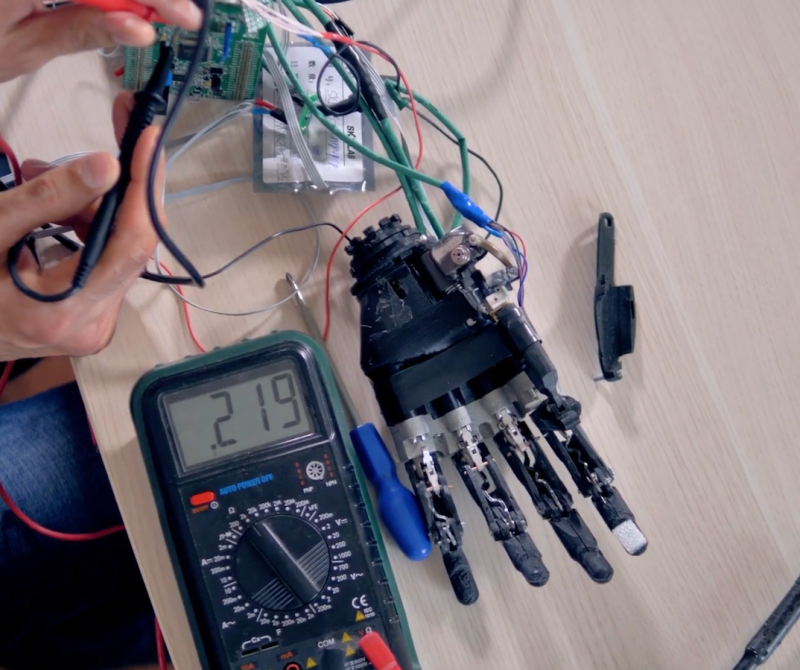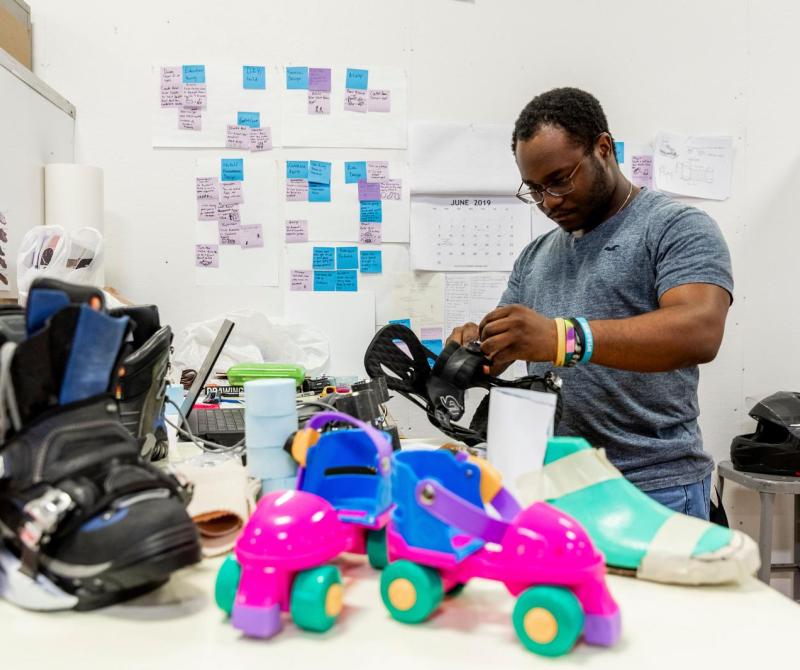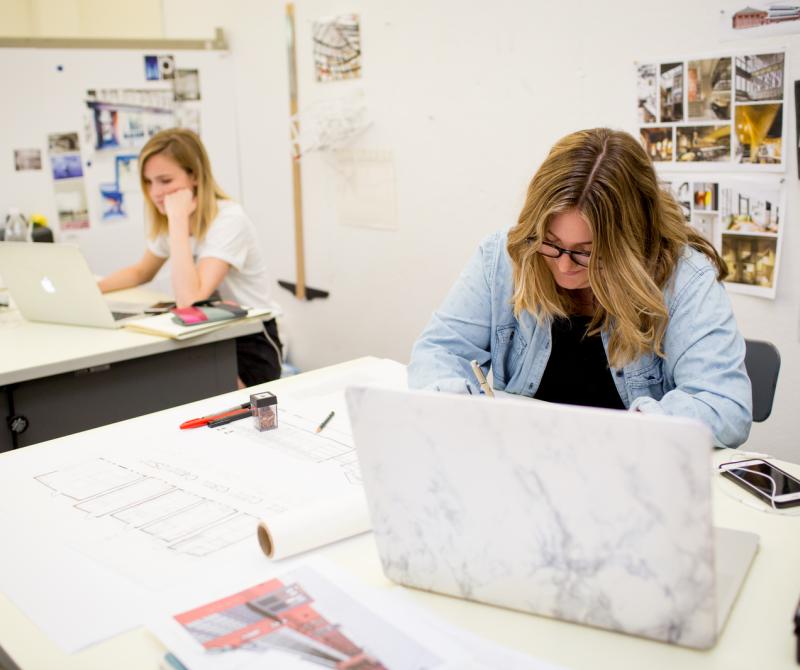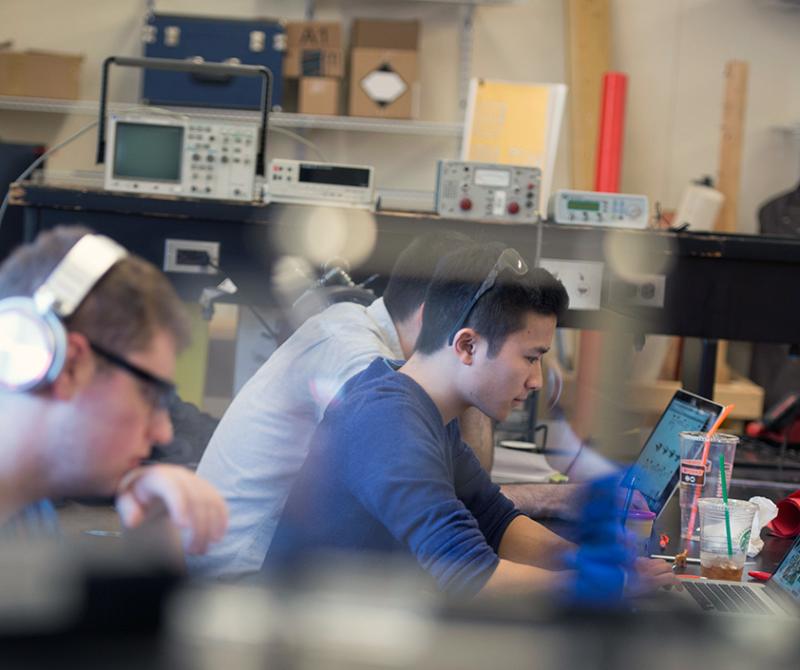Design & Building Majors
Making the world a better-looking place can also make the world a better place.
Using sustainable design principles to build structures that are durable, dependable, and good for the environment. The same goes for the products you buy and the tools you use every day. How a device is made, shipped, powered, and recycled matters, and getting it all right relies on everything from industrial design to electrical and mechanical engineering.
Sustainable and Responsive Building

The future of building incorporates cutting-edge sustainability techniques to guide the design and implementation of cost-efficient and environmentally conscious structures.
Architects design sustainable structures by integrating principles of environmental responsibility, energy efficiency, and resource conservation into their design processes. They maximize natural light, ventilation, and solar gain, reducing the need for artificial heating and cooling. They also utilize systems and technologies that reduce the energy impact across all aspects of a structure: sustainable materials, high-performance insulation, water efficiency, and natural power generation are just a few examples.
Civil engineers focus on infrastructure and urban planning solutions, such as designing efficient public transportation systems to reduce reliance on individual vehicles, implementing green stormwater management techniques to prevent runoff pollution, and constructing sustainable wastewater treatment facilities.
Building Products and Production Lines
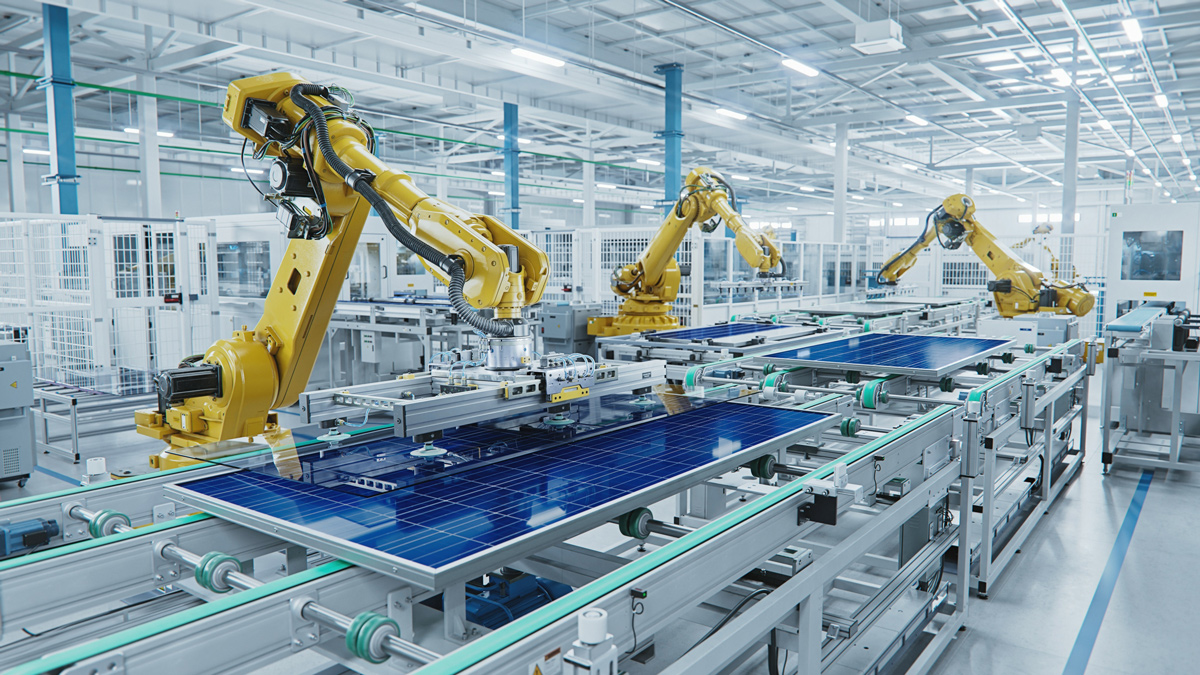
From the dawn of the Industrial Age to today, humans have consistently attempted to improve the efficiency of products and the efficiency of the systems designed to make those products.
Industrial designers focus on the user experience, functionality, aesthetics, and manufacturability of products. Through sketching, prototyping, and 3D modeling, industrial designers develop concepts that address these requirements while considering factors such as ergonomics, materials, and sustainability. By utilizing emerging technologies and design trends, they push the boundaries of innovation and create products that resonate with consumers and stand out in the marketplace.
Mechanical engineers improve production lines by applying their expertise in mechanical systems, automation, and process optimization. By leveraging principles of engineering design, they develop innovative solutions to reduce costs and improve product quality.
Beautiful, Functional Spaces to Live, Work & Play
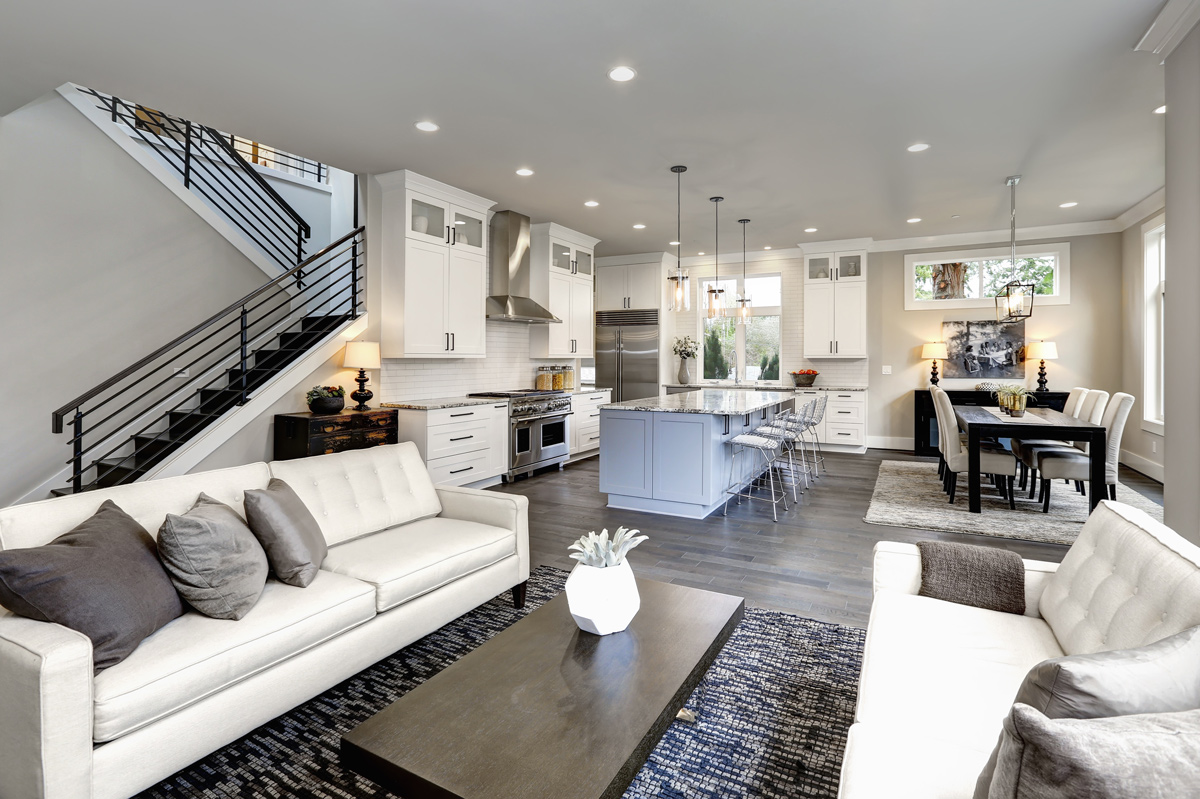
Interior designers make a significant difference in people's lives by creating environments that are functional, aesthetically pleasing, and conducive to well-being. Considerations like ergonomic furniture, efficient layouts, and accessible design features are just a few of the ways that interior designers can turn a blank slate into a functional space. They also improve health and wellness by incorporating elements such as natural light, airflow, and design principles that foster a connection to nature and support physical and mental well-being. Design can also be an effective tool to fight homelessness, poverty, and inequality. Interior designers often collaborate with community organizations to create spaces that empower and uplift marginalized populations.
Devices and the Systems that Power Them

Electrical and electromechanical engineers work in similar ways with an added focus on incorporating and optimizing the mechanical components of these systems. Through an interdisciplinary approach, these engineers utilize electrical and mechanical principles to contribute to the design and implementation of wind turbines, hydroelectrical generators, and solar panels. These concepts are also applied to the development of electric vehicles where they can enhance the performance, efficiency, and durability of EVs and make adoption of these technologies more attractive for consumers.

